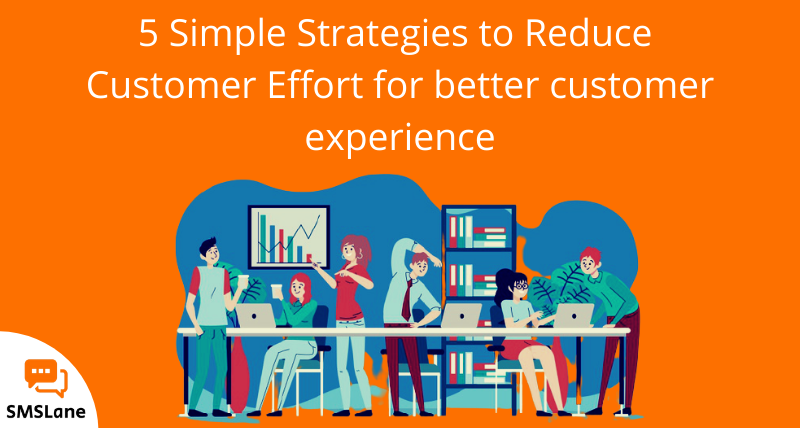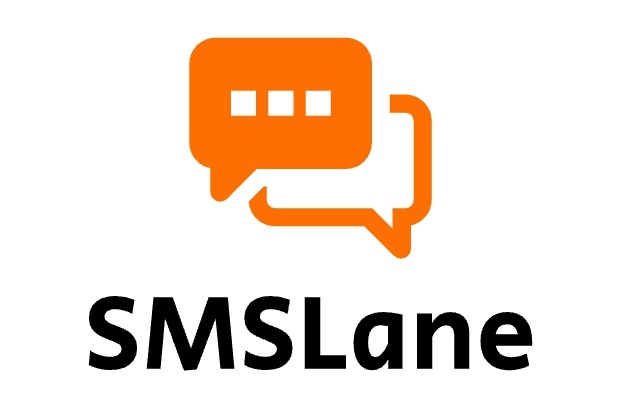:“Choose to deliver amazing service to your customers. You’ll stand out because they don’t get it anywhere else.”
–Kevin Stirtz

We already know that the secret for organizations to increase customer loyalty is by improving the customer experience by focusing on the way customers feel. A key factor in doing so is reducing the amount of effort required by customers to receive the service they expect which will lead to improved customer experience and increased customer loyalty, and, as a result, to a higher ROI.
How can this be achieved? Take a look at our 5 strategies:-
5 Simple Strategies to Reduce Customer Effort
- Lead customers to low-effort resolution paths by promoting self-service “stickiness”
Building on customers’ “stickiness” to self-service channels is a very effective way to reduce customer effort, providing the channel’s ability to fully resolve customer issues. This is especially true when customers prefer self-service but switch to the phone channel after finding unclear information, not finding the answer or feeling unsure of the answer, or experiencing technical failures. - Be proactive and work on preventing the next issue
Metrics such as First Call Resolution (FCR) can be insufficient when trying to resolving the customer’s stated issues. Full resolution only happens when the implicit issues that go beyond the stated needs of the customer are also resolved to reduce both effort and cost. Implicit issues, which might be overlooked during an initial first phone interaction, most often are logically related to the customer’s explicitly stated problem and frequently lead to repeat customer contact when not proactively taken care of. - Enable agents with “experience engineering” to guide customer interactions
Customer effort is more about how customers feel during service interactions than what they do in them. It is the customer’s interpretation of the interaction, also called the “feel factor,” that contributes most to customer loyalty. The strategy, therefore, should be to actively guide customer interactions by anticipating emotional responses and offering solutions proactively to create a mutually beneficial outcome through the resolution. - Enable frontline staff to deliver low-effort experiences
Organizations must create an environment that encourages frontline staff to take control of customer interactions in order to deliver a low-effort customer experience. Beyond agents’ IQ, and supporting their EQ, it is the Control Quotient (CQ) that provides the largest boost to performance and is a vital attribute for assuring low-effort interactions. - Proactively solicit and listen to customer feedback on high-effort experiences
The real transition to a customer-oriented service organization happens only when enterprises implement corrective actions and improvements based on feedback they receive from customers following high-effort interactions. Companies can get to the root cause by proactively seeking feedback from frustrated customers who have had a high-effort experience.
